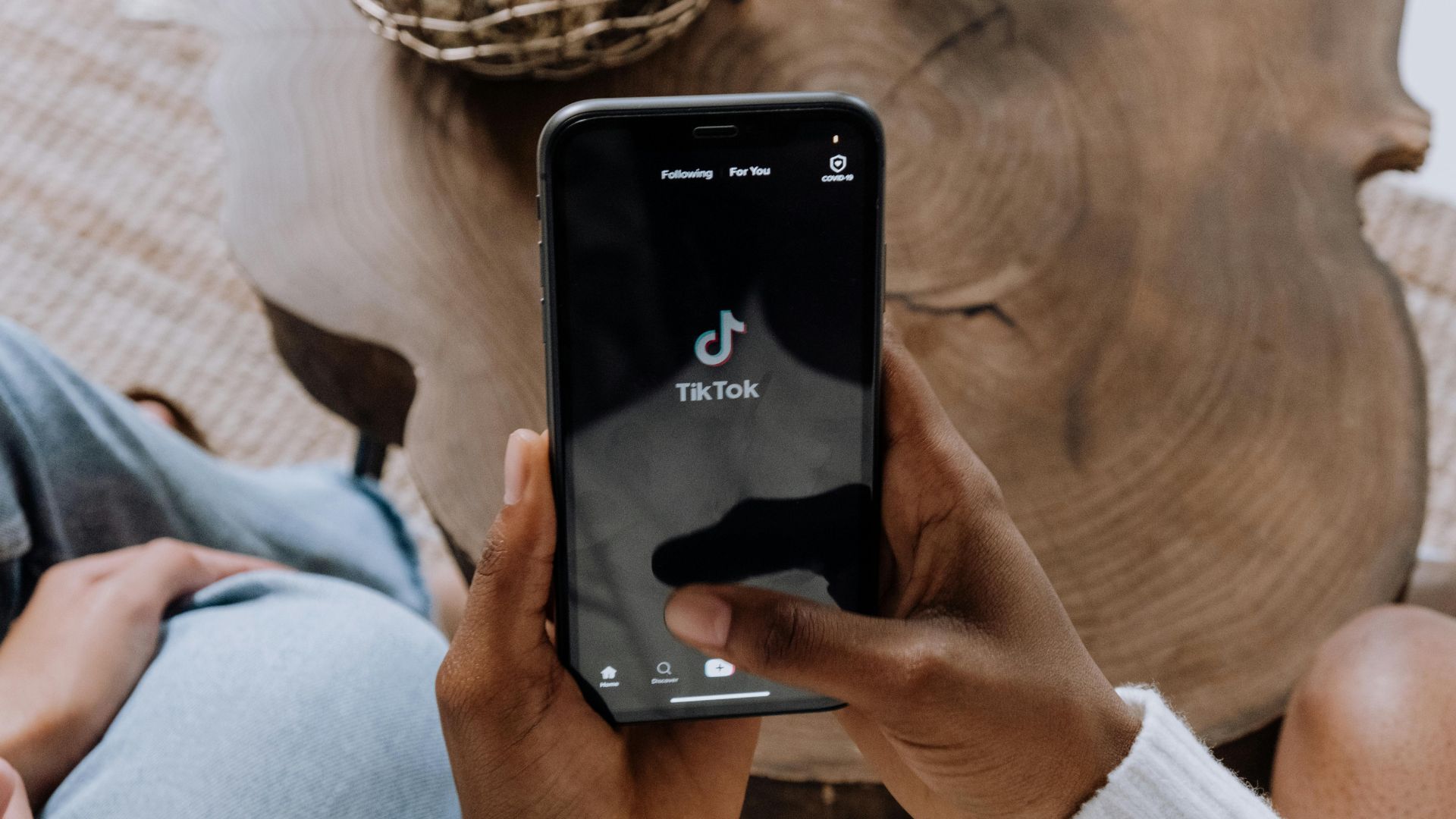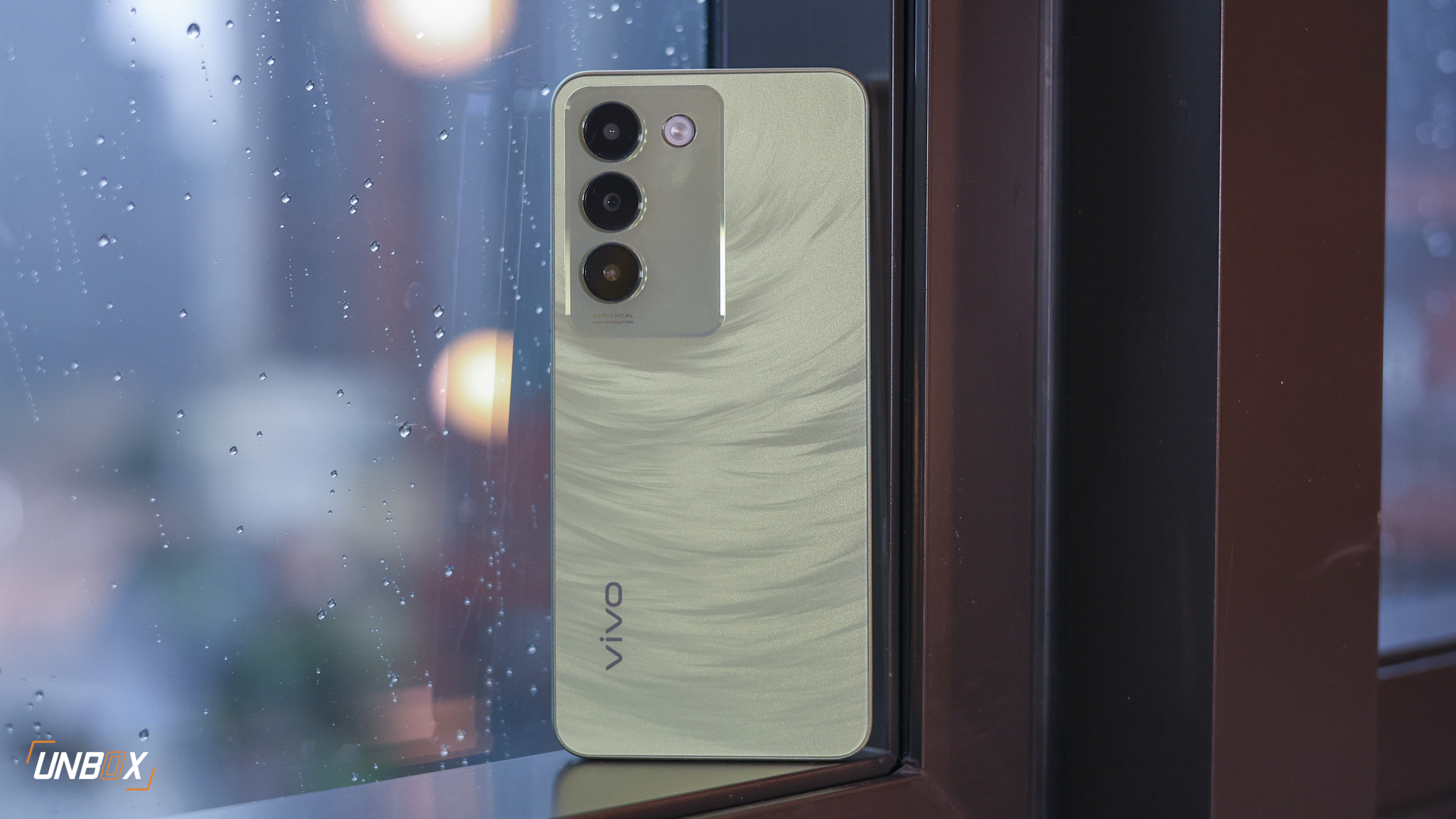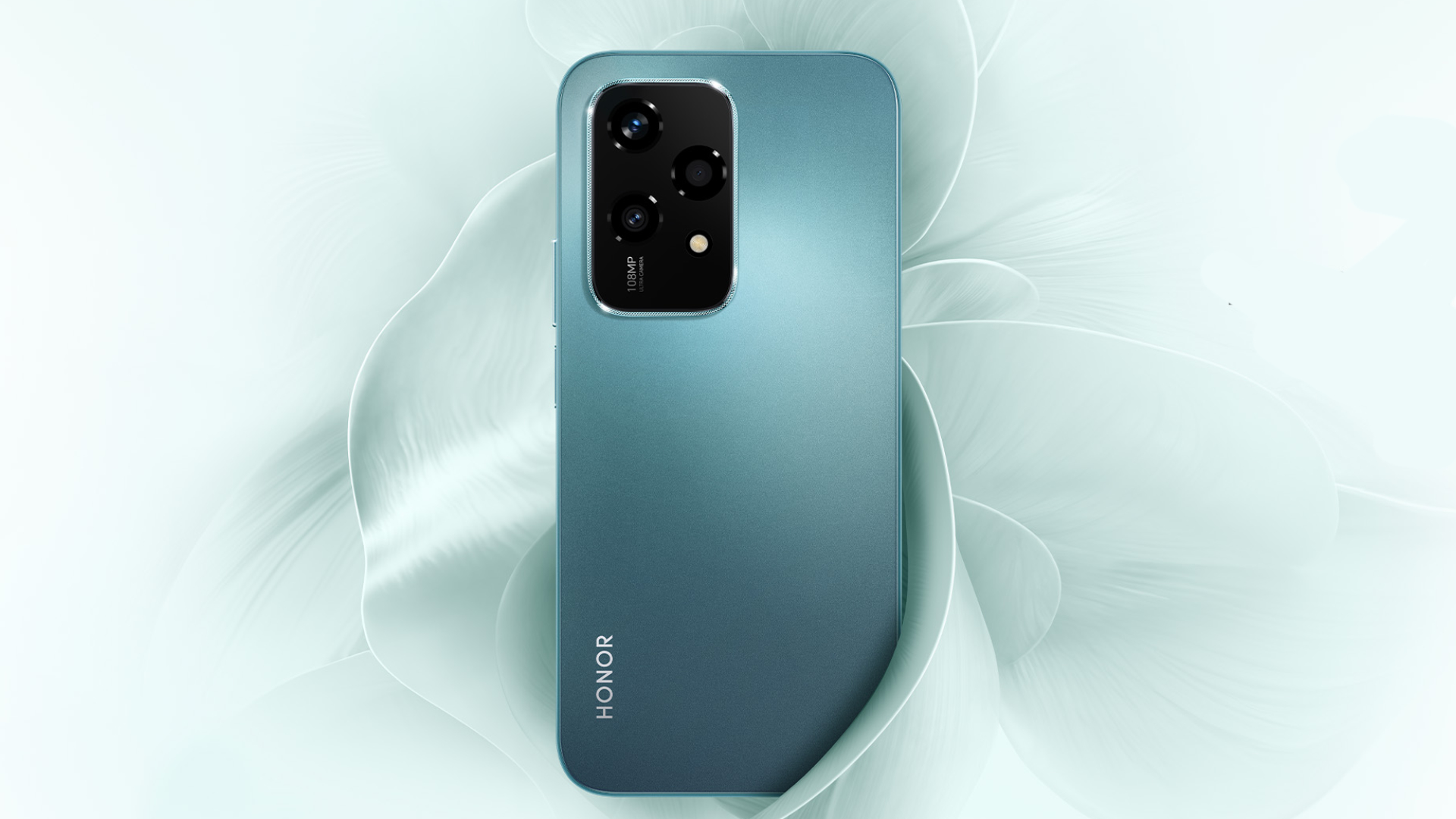We get up close and personal with the Octa!
Yesterday, Starmobile unveiled their latest flagship, the Octa. With its sleek, beautiful design and top notch specs and features, the device quickly endeared itself to us while we were handling it during its official launch. While it’s Starmobile’s most feature packed smartphone to date, it’s also their most expensive, retailing at Php 16,990. We managed to grab a demo unit right after the official launch, and today we’re going to go in-depth with the device, its features and its performance.
Starmobile Octa specs
- 1.7GHz MediaTek MT6592 octa-core processor
- Mali-450MP4 GPU
- 2GB of RAM
- 5-inch full HD OGS IPS display, Asahi scratch resistant display, 1920 x 1080 resolution
- 32GB non-expandable memory
- 18-megapixel AF rear camera with BSI and dual LED flash
- 8-megapixel camera front facing camera, wide lens with BSI and LED flash
- WiFi 802.11 b/g/n, Bluetooth 4.0 LE, USB OTG, NFC
- 3G, HSPA+
- Dual SIM, dual standby (micro SIM)
- 2300mAh battery
- Android 4.2
Initial impressions: The fastest and most beautiful Starmobile phone ever
Make no mistake about it – the Octa is definitely a looker. When we first saw it, we assumed it was an HTC smartphone that an exec of Starmobile personally owned. You can imagine how surprised we were when we turned the device over and saw the white Starmobile logo on the back. We’d also forgive you if you thought that the Octa used an aluminum unibody construction much like HTC’s flagship offerings. It actually uses an aluminum front and a plastic back, though you’d never really guess if no one told you. The subtle metallic color treatment of the plastic back is so good that you’d really mistake it for aluminum.
The button layout of the Octa is standard Android fare – the power and volume rocker are located on the left, while the 3.5mm jack and USB port are located on the top and bottom respectively. The Octa has a 18-megapixel camera on the back that has a dual-LED flash, while an 8-megapixel camera with LED flash is located on the front. The capacitive keys on the bottom of the bezel are a bit of departure from the standard Android fare as far as the design is concerned, which makes for a nice change of pace.
The 5-inch, full HD OGS IPS display looks fantastic, with great color reproduction. It’s also pretty bright, which should give it great performance when you’re out and about outdoors. While its display is protected by Asahi scratch resistant glass, it’s not the same level as the company’s Dragon Trail solution. A Starmobile exec told us that the glass protection on the Octa is a step below Dragon Trail, but should provide adequate protection against accidental scratches and bumps.
Aside from the regular wireless features that you’d expect from a flagship smartphone from a local brand, the Octa features two key tech that a lot of other octa-core smartphones don’t have (with one being a Starmobile exclusive for now): wireless charging and NFC. Wireless charging does exactly what it sounds like – it allows you to charge your phone wirelessly by simply placing it on a special charging pad. While the charging speed is significantly slower (this is a limitation of the technology) the convenience of simply placing your smartphone on a surface and not messing with wires is worth the tradeoff. NFC tech isn’t new, but the Octa is one of the few octa-core devices offered by a local company to have it. Starmobile will also be selling NFC tags in their stores soon. These NFC tags are completely customizable – you can place them at your home, car and office for example. A simple tap of a NFC tag in your house puts your phone into outdoor mode, for example, turning off WiFi and turning on mobile data, while at the same time increasing the device’s volume and display brightness.
As far as performance is concerned, the Octa delivers and then some. It’s 28021 AnTuTu score is way beyond what we’ve seen with similar hardware. Starmobile told us that they’ve managed to achieve this by simply tweaking the software of the Octa, although we’re not entirely sure what that tweak entails – it might just be code optimization or something more involved as an overclock. Hopefully the software tweak doesn’t mess with its battery life, as the 2300mAh battery isn’t exactly what you’d call plentiful – though only a thorough test will reveal if the battery is capable of providing enough juice to the phone considering all of the features in the device. Its real world performance seems to mirror its synthetic benchmarks – navigating through the Octa’s menus is a pleasurable experience, and the phone did not exhibit any kind of lag at all. Transitions were buttery smooth all around. One thing is for sure – we are officially impressed by the Octa’s performance.
That’s it for the initial review. Please check back later next week for our full review of the Starmobile Octa.












